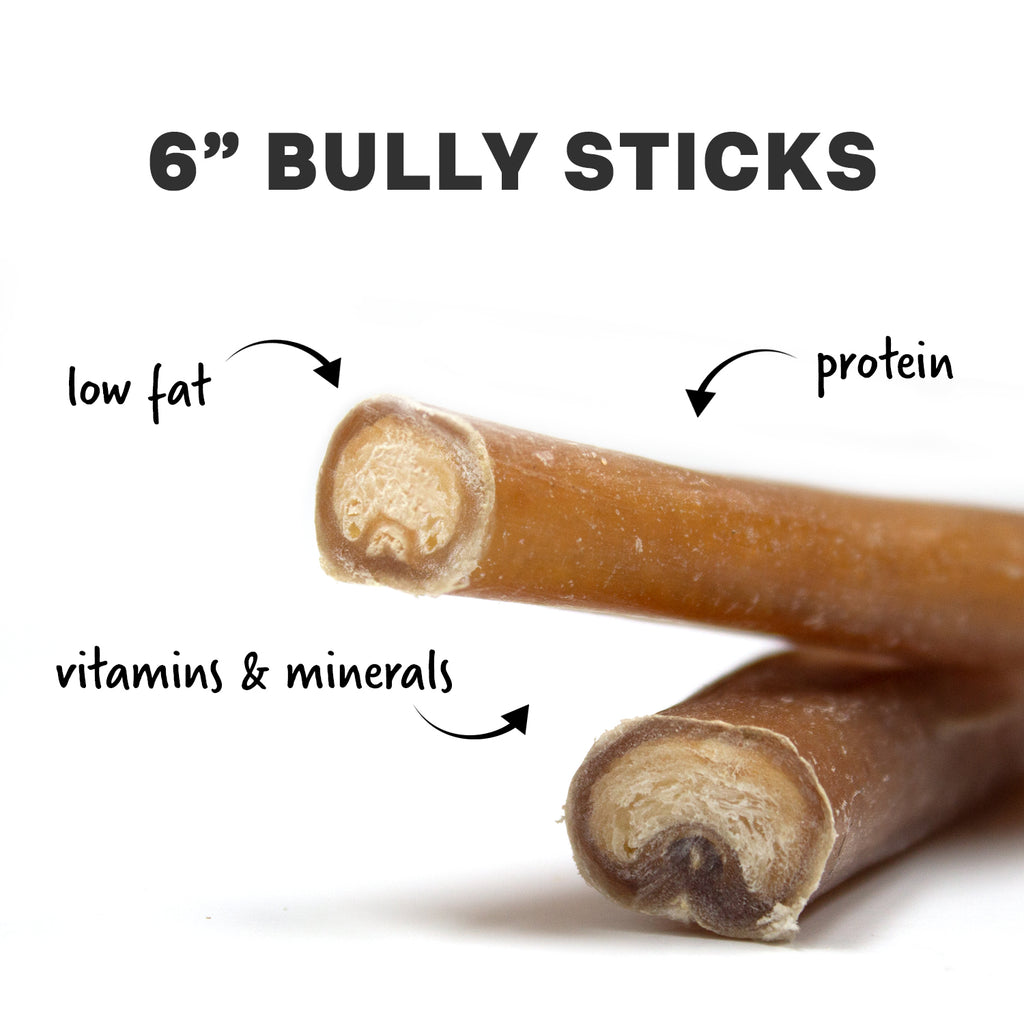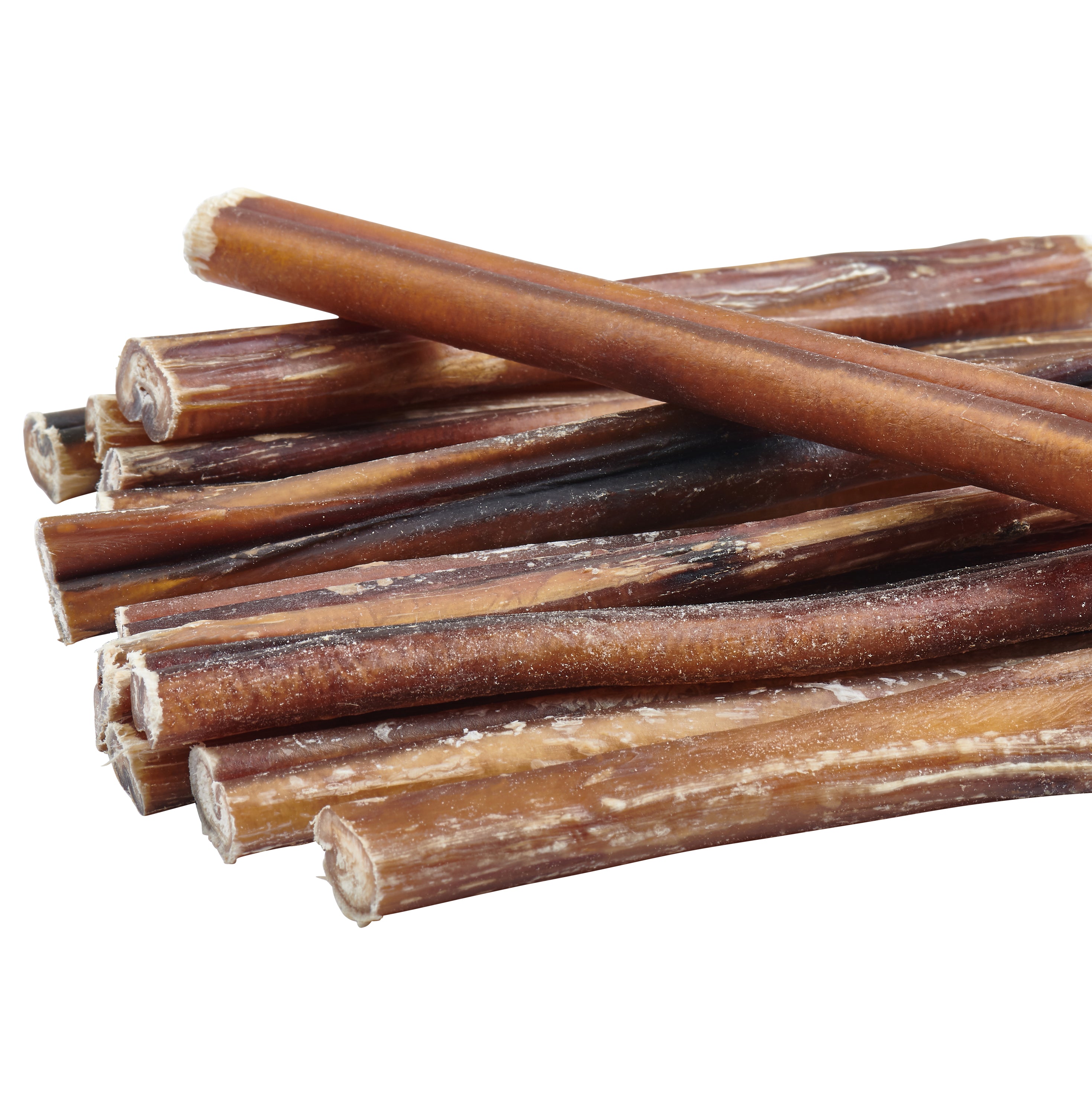

Because they are made from only meat, there are fewer health risks, and they offer your dog health benefits. Just like nylon bones or those made from potato starch, these are overall considered to be a safe chew for your dog. What are the benefits of my dog having a bully stick?īully sticks are an excellent treat that you can give your dog to chew on for many different reasons. No matter what you call them, dogs think they are delicious all the same. You might also hear these natural dog treats called a few other names. While the manufacturing process may differ between companies, bully sticks are drained, baked, and then air-dried. They come in various shapes and sizes, and styles despite being made from a single part of the bull.

Related: Deciding the Best Proteins for Your Dog These natural treats are considered to be a safe chew for dogs and an alternative to rawhide chews. So when do you need to take a bully stick away from your dog?īully sticks are made from a single specific dried beef muscle sometimes referred to as pizzle.

While these chews are a great option, there are some risks you need to know about to keep your dog safe. Bully sticks are a great healthy way to satisfy your dog’s natural urge to chew. Or worse, they might turn their focus on things that you don’t want them to chew, like those new shoes. 2013 54: 50-54.When do you need to take a bully stick away from your dog?ĭogs love to chew, but often toys can become unsafe. Nutritional and microbial analysis of bully sticks and survey of opinions about pet treats. This post provides a summary of our article: Freeman LM, Janecko N, Weese JS. For healthier treat options, check out our post on safe and healthy treats for your pet. Our analysis of these treats showed that they contain between 9-22 calories per inch, which means than an average 6-inch bully stick is nearly 100 calories! Since over half of all dogs in the US are overweight, it’s important for owners to factor in calories from treats and table food, in addition to those coming from dog food. People at high risk (very young, elderly, pregnant, or immunocompromised individuals) should avoid all contact with raw animal-based treats and raw meat diets.įinally, our survey found that 50% of dog owners underestimated the number of calories in bully sticks. This certainly doesn’t prove that all bully sticks are contaminated but does emphasize the importance of washing your hands after touching these treats, as you should with any raw meat or raw meat diets. We tested 26 bully sticks for bacteria and found that one was contaminated with methicillin-resistant Staphylococcus aureus (MRSA), a type of staph bacteria that is resistant to certain antibiotics one was contaminated with Clostridium difficile and seven were contaminated with Escherichia coli (including one antibiotic-resistant sample). One is that they may be contaminated with bacteria. In addition to many not knowing what bully sticks are, 71% of people feeding bully sticks to their dogs said they avoided pet foods containing by-products, with most not being able to correctly identify what by-products really are.Įven if you can get past the issue of feeding your dog an uncooked, dried penis of a bull or steer as a treat, there are more potential problems with bully sticks. Nearly 800 dog owners completed our online survey, and the results emphasize the confusion and misconceptions owners have about pet food and treats. That’s one of the reasons my colleagues and I wanted to conduct a study on these popular treats. I have always been surprised when talking to clients and even other veterinarians that many have no idea what bully sticks really are. Bully sticks are, in fact, bull or steer penises. But do you know what bully sticks are? A surprising number of owners (almost 50% in our survey) did not. And while this study completed several years ago, these treats don’t seem to be any less popular now. Do you feed bully sticks (also known as pizzle sticks) to your dog? If you do, you’re like 23% of dog owners in a survey we conducted.


 0 kommentar(er)
0 kommentar(er)
